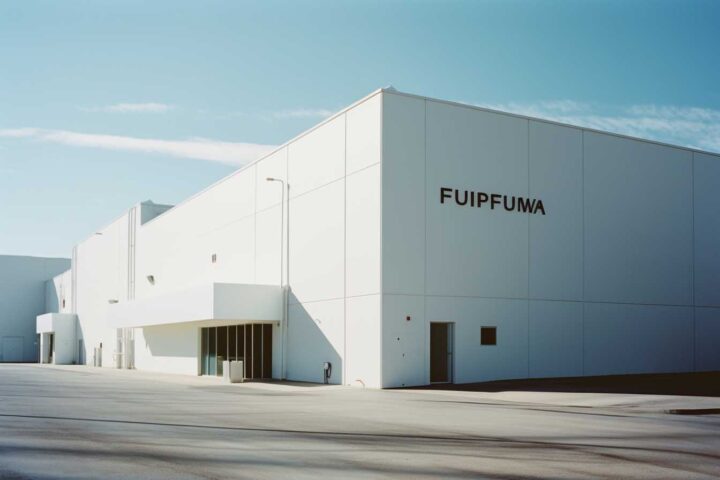- Verve Motion, a US-based startup, has raised $40 million in venture capital to scale up its high-tech wearable exosuit project aimed at preventing workers’ back injuries.
- The company’s Safelift exosuit, which looks like a motorized backpack, assists warehouse workers, reducing the strain of lifting heavy packages by managing up to 40% of the bodyweight.
Established as a subproject from Harvard’s Wyss Institute, Verve Motion has designed its exosuit predominantly aiming at reducing back injuries in the workplace. Statistically, overexertion injuries cost approximately $12.8 billion a year in the US. The cost-saving, practical design of the Safelift suit, therefore, serves as a significant step towards resolving this issue.
Having operated largely under the radar, Verve Motion’s recent financial boost will aid expansion and distribution strategies. Their funds now amount to $40 million, with their valuation estimated by Forbes to exceed $100 million. The popularity of their wearable tech looks promising, with over 1,000 units adopted by 20 customers, including retail giants such as Kroger, Albertsons, Wegmans, and Ahold Delhaize. This usage corresponds to a revenue of nearly $5 million.
With the average warehouse worker raising over 50,000 pounds in a single day, the likelihood of back injuries is high. The estimated cost of individual insurance claims is nearly $40,000, indicating a significant financial burden for companies. Verve Motion’s Safelift exosuit, therefore, not only benefits workers but also financially aids businesses. Notably, the exosuit’s impact on reducing work injuries and improving workers’ efficiency sees the suit’s costs recovered within the first six months, according to Verve’s CEO, Ignacio Galiana.
Currently focused on easing strain on the back, Verve Motion’s future scope could expand to designing devices that guard against shoulder or knee injuries. The project’s creators are optimistic that the exosuit could potentially become available for consumer purchase as the design becomes cost-effective and user-friendly.









